I've spent the last while looking for information about gorun and other cousins of the Quercus genus. It all started with a marvel of gorun timber posted on a group by a lucky carpenter. The fact that the goruna is very similar to the pedunculate oak (Quercus robur), which I wrote about here, was nothing new. We know they are so similar that many treat them as European oak, making no distinction between the two species. But I set out to discover the differences, both in the tree and in the wood. I have to admit that it was not an easy task, as there is very little information on the subject, especially about the wood. However, I still found out something.
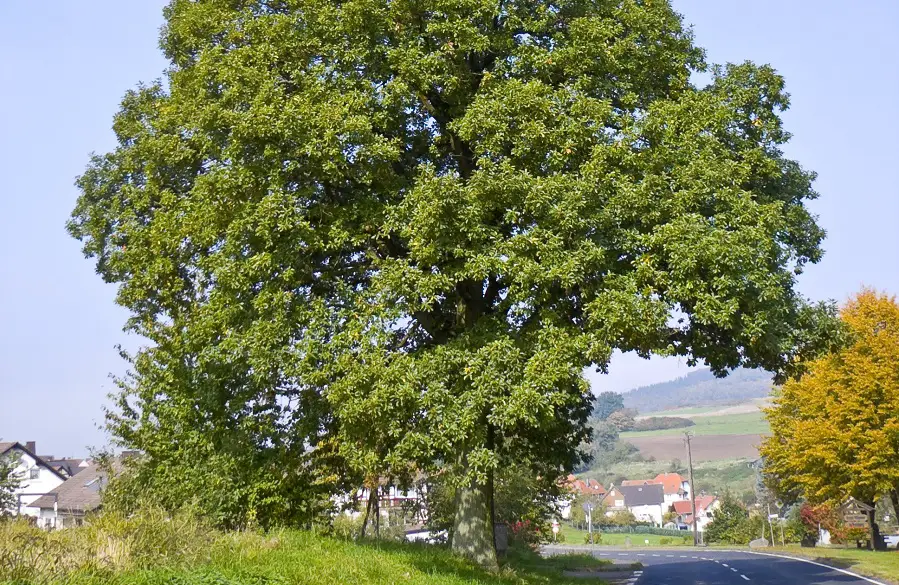
The Gorun, an oak that loves dry soils
From the Latin name of the gorun - Quercus petraea - we deduce that it is a rock-loving tree. It doesn't grow on mountain tops, but unlike the pedunculate oak it is found mainly in hilly and low mountain areas, sometimes even reaching as high as 1000-1200m. While the oak is more selective about the soils in which it grows, the gorun is less fussy, the only soil it won't accept is very wet. For this reason, in Romania, the goruna occupies larger areas than the oak, reaching 10% of the forest stock.
Gorunul, sessile oak or Irish oak in English, is widespread in most of Europe, reaching as far as the Caucasus and Asia Minor. North to the south of the Scandinavian peninsula and south to the northern Iberian peninsula, southern Italy, the Balkans and Turkey. It grows from sea level in the north to 1200-1300 m in the Alps and even higher in Turkey. It is dominant in mixed deciduous forests in temperate Europe. It occupies large areas in France and is the raw material for the manufacture of highly prized barrels. It is the national tree in Ireland and the unofficial emblem of Wales.
A deciduous deciduous deciduous tree, the straw-leaved strawthorn can grow to 20-40 m in height, 1-3 m in diameter. The tall, straight stem with a rich crown is covered with smooth gray-grey bark that becomes increasingly wrinkled as the tree ages. It typically lives up to 400-600 years, but some specimens can exceed 1000 years. The oval, evenly lobed leaves are 7-14 cm long, 4-8 cm wide and have a petiole 1 cm long. It has both male and female flowers, and wind pollination produces the fruit - an acorn 2-3 cm long, green at first, which ripens to brownish-brown in six months.
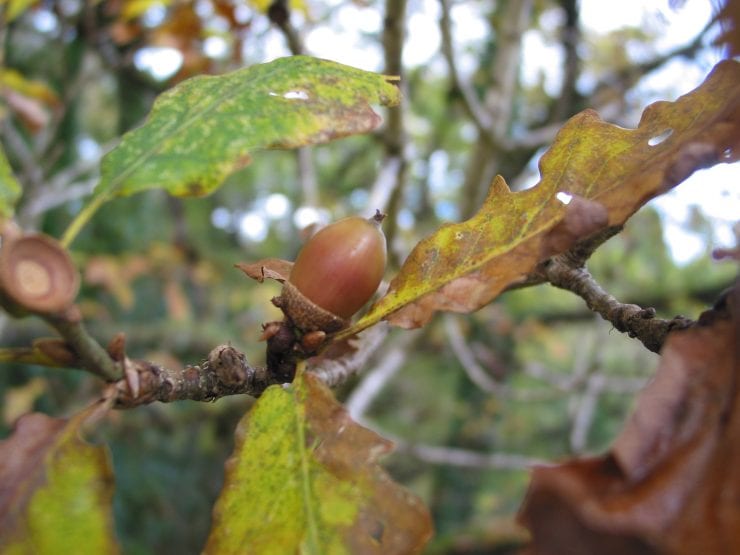
Differences between gorun and pedunculate oak
Although the trees are also similar, it's much easier to tell the difference between goruna and oak than between their wood. Most differences are seen in the leaves. Gorun leaves are more elongated, evenly wavy, rectangular in shape, with not very prominent veins and 1 cm long petioles. Oak leaves are shorter, unevenly wavy with smaller lobes at the base and tip and larger in the center giving them a diamond shape, prominent veins and a very short, almost non-existent petiole. The color of the leaves is dark green, with a slight purple tinge on the back, which is absent in oak.
Another difference is the acorns. In acorns, the acorns have no tails, i.e. they are sessile, hence the name. They are fixed on the branches, unlike those of oak, which have tails and hang on them.
There are also differences in where the trees prefer to grow, but it's not a very clear-cut clue, in many areas they live together. In such situations they can give rise to natural hybrids - Quercus x rozacea. The oak prefers lowland, nutrient and water-rich areas, while the English oak is less nutrient-demanding, preferring acidic, sandy soils at altitudes above 300m, with as little water as possible. The goruna is associated in forests in warm hilly areas with carpen, teepee and fagulwhile the oak is found in lowland forests, alongside the frasin and maple.
The close resemblance between the two species has often led them to be considered the same, and they are often referred to as oak. Charles Darwin himself mentions in his book On the Origin of Species (On the origin of species) that there are sources that treat them as different species and others that consider them to be varieties of the same species.
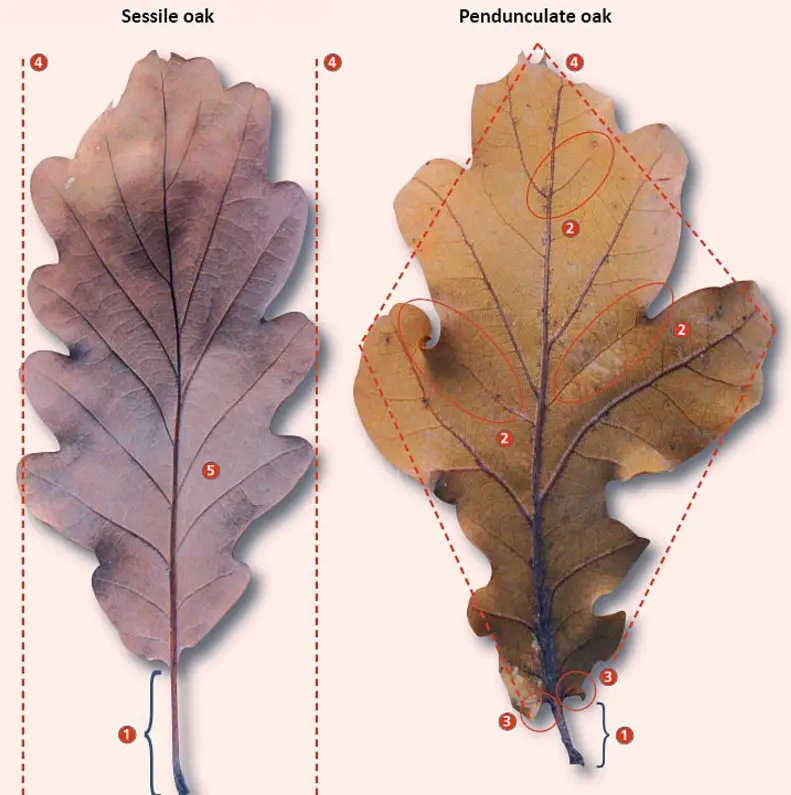
Characteristics of Gorun wood
In cross-section through the gorun wood, the sapwood and heartwood are visible, which are not always very well demarcated. The annual rings are also clearly visible, consisting of two zones, the early wood, deposited in spring, looser and with 2-4 rows of large pores, and the late wood, deposited in summer, denser, with small to very small pores in a radial arrangement. In contrast to oak, the English oak has more uniform and narrower annual rings due to slower growth in hilly and mountainous areas.
The albumen ranges in color from yellowish white to brownish, and the heartwood is yellowish brown, with numerous other colorations depending very much on the growing area. The fiber is coarse, sometimes irregular and twisted, depending on growing conditions. In fact, growing conditions in less friendly areas lead to particular coloration and grain patterns in goruna wood, making it very special. Like oak, it has visible medullary rays.
The average density of dry goruna is 710 kg/m³, slightly higher than that of oak. It is very resistant to decay, processes well by hand and machine and has a specific odor, like oak. Tannin can sometimes cause problems when finishing or in contact with metal. It glues smoothly and looks very good oiled and waxed.
It splits and works more easily than oak, which is why it is widely considered superior to oak in carpentry, furniture and barrel making. But it is harder and less resilient than oak, which is why it is considered inferior to oak in building projects and house structures.

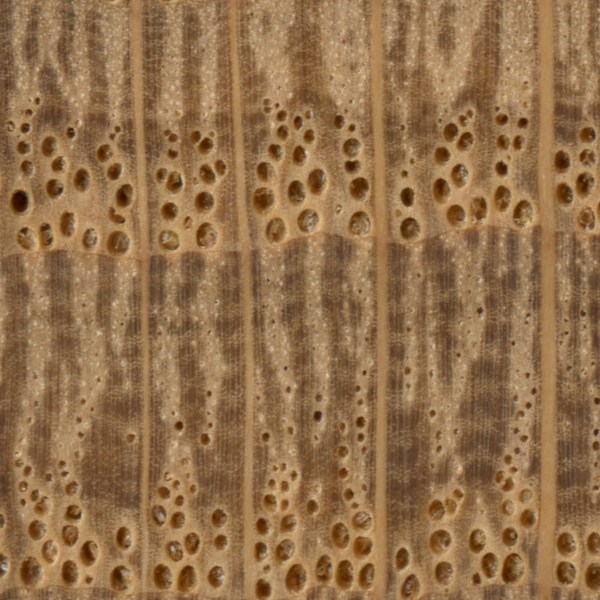
Uses
According to the above, goruna is used for furniture, carving and barrel making (stave). It is very suitable for making boats or interior decorations and fittings. Its very good resistance to rotting makes it suitable for building fences, garden furniture, decking and other outdoor projects.
Regarding manufacture of barrelsGoruna and oak are considered very different because of the distinct organoleptic characteristics they bring to the wine. Their tannins and flavors are different in both quality and quantity. Oak has more porous wood and releases the strong tannins more quickly into the wine. Gorun wood gives the wine a smoother, softer and more aromatic tannin flavor. However, they vary considerably depending on the origin of the goruna and the growing conditions of each tree.
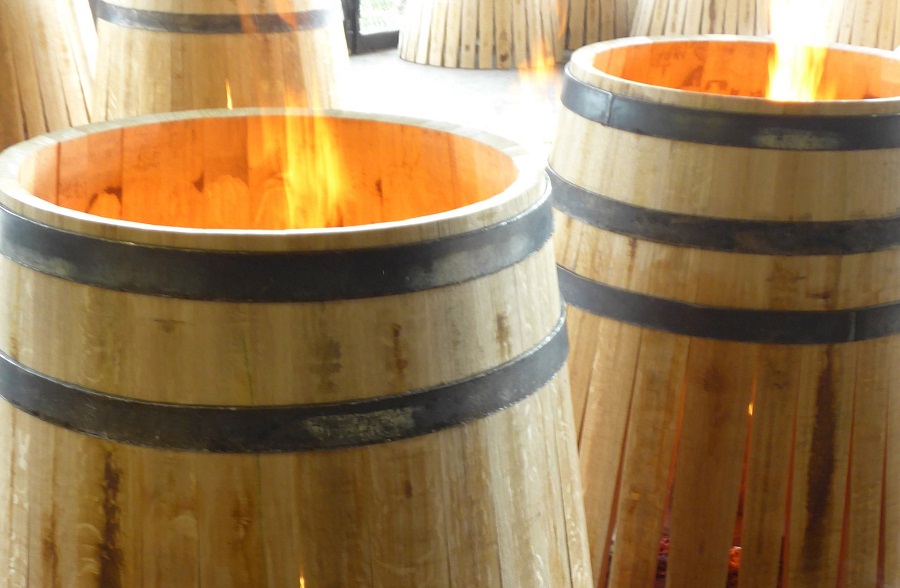
The bark of the gorun is also used, which is very rich in tannin like that of oak. The tannins extracted are used for tanning animal hides. The leaves and fruit are used in herbal medicine. Acorns are food for many forest animals.
I hope you find the information interesting. If you have worked with gorun, tell us about your experience. We would be happy to supplement the article with information directly from the source. And if you have any questions or queries, leave them below in the dedicated space. I will certainly reply.


























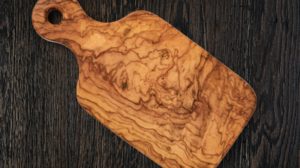
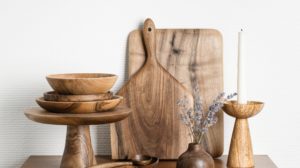
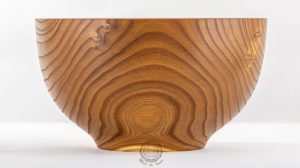
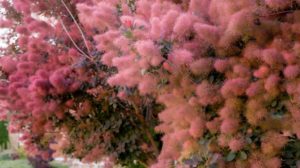

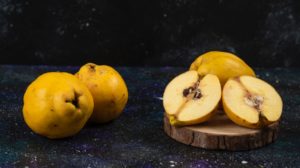




Interesting topic, as is everything you promote by nature of your articles about wood! As they say: may God keep you in the habit! Thanks for the information.